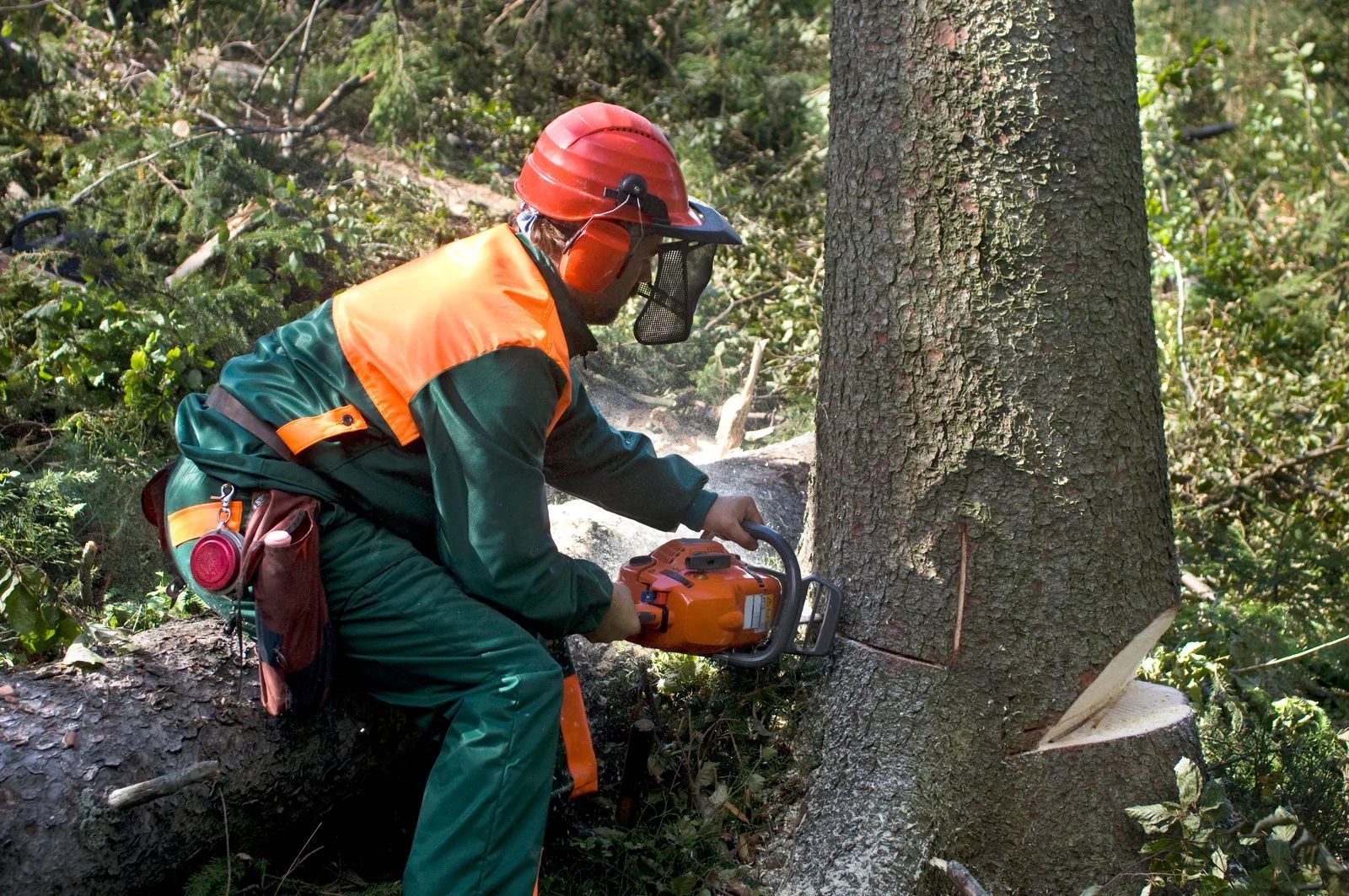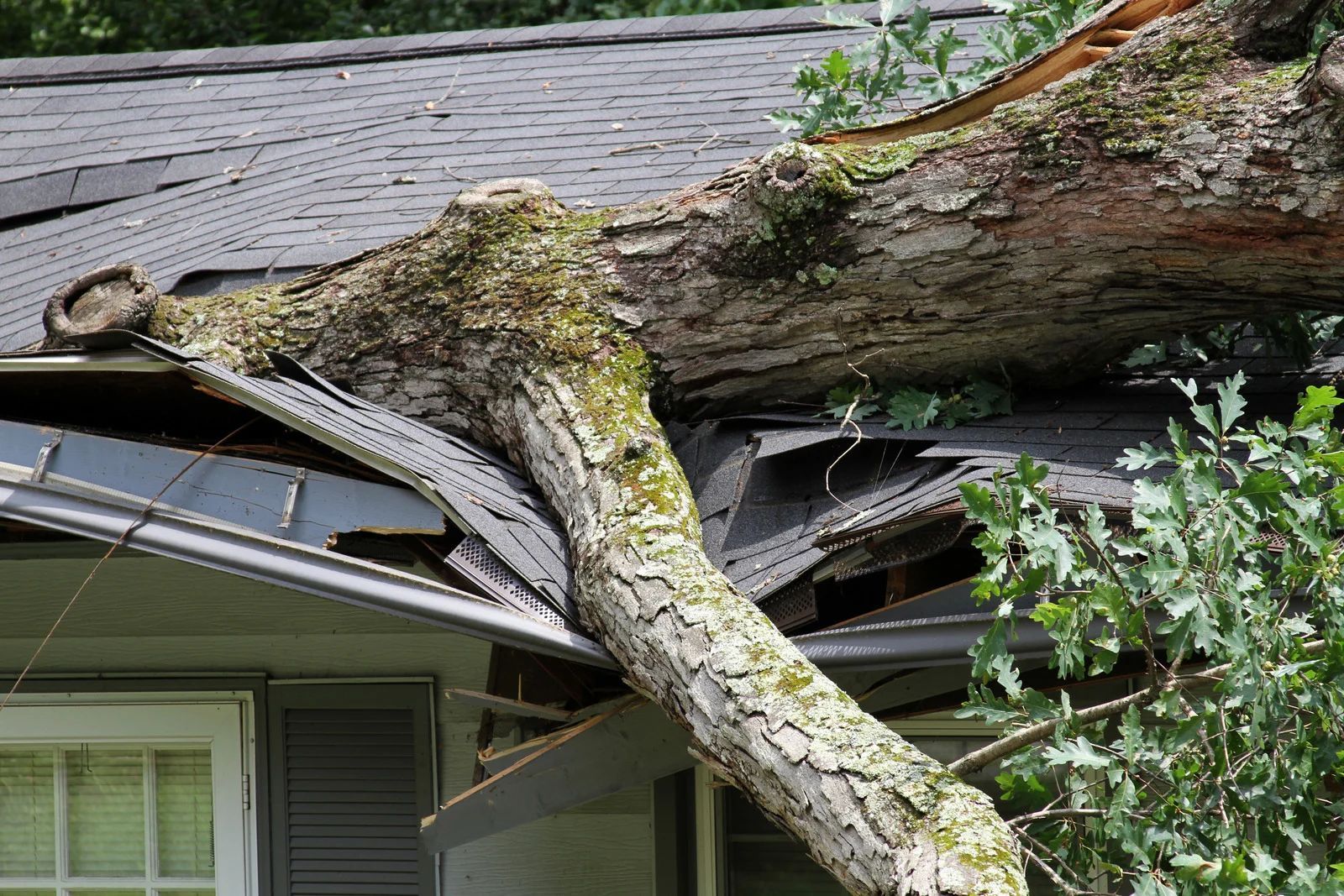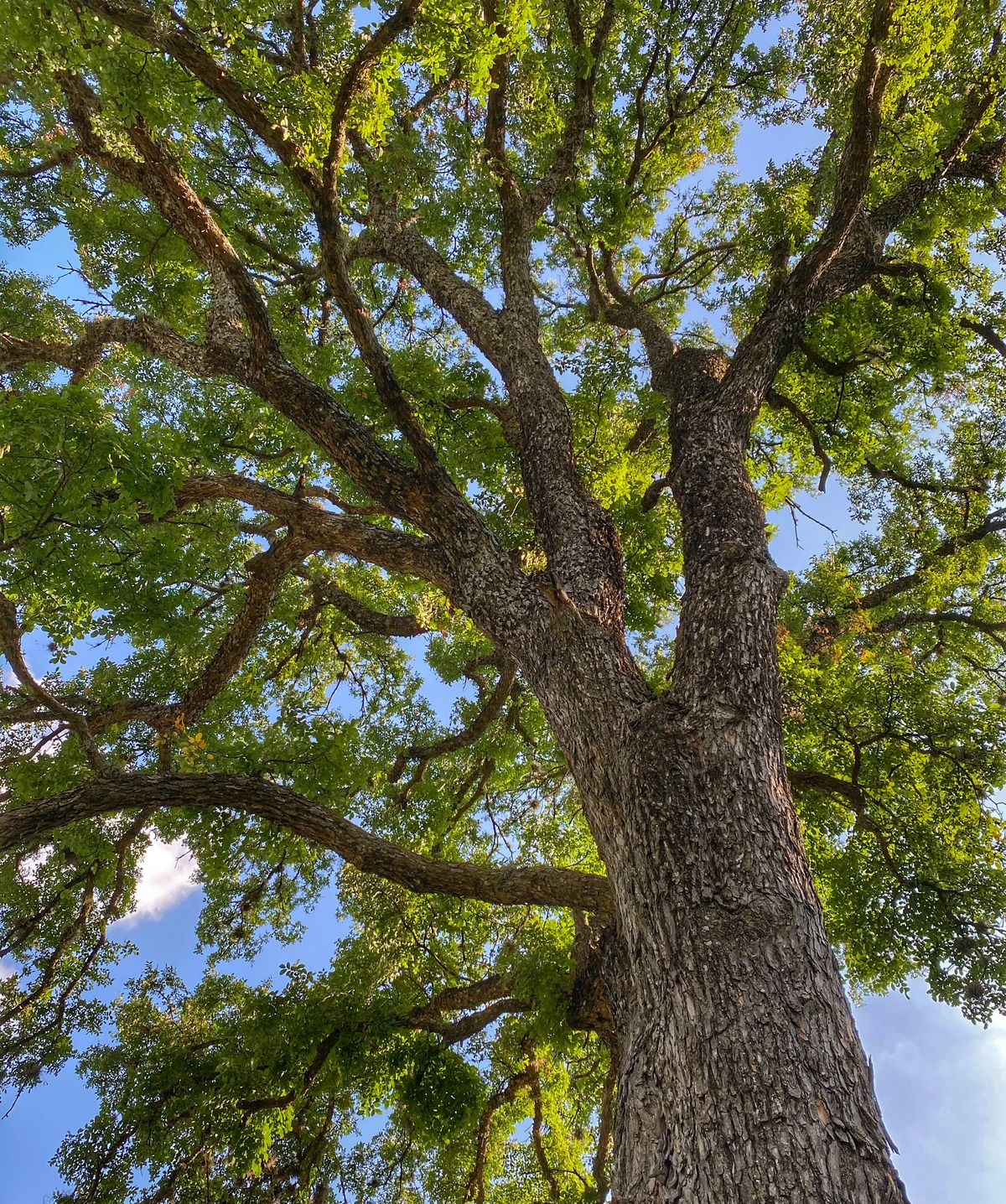How to Tell If Your Tree Is a Hazard and Needs to Be Removed
Trees are a vital part of your landscape, providing shade, beauty, and even value to your property. However, when a tree becomes a hazard, it poses serious risks to people, buildings, and surrounding structures. Knowing when a tree should be removed can help you prevent accidents, property damage, or costly emergency services. It’s essential to look beyond surface beauty and pay attention to warning signs that may indicate your tree is compromised or unsafe.
1. Visible Decay and Deadwood
One of the clearest signs that a tree is in trouble is visible decay. Look for mushrooms or fungi growing at the base of the trunk, which often signals internal rot. Large dead branches, also called “widow-makers,” can fall without warning and must be addressed immediately. If more than 50% of the tree is dead or decaying, removal is usually the safest option.
2. Leaning or Unstable Trunk
A tree that leans suddenly or continues to tilt over time may have root or trunk issues. While some trees naturally grow at an angle, a newly leaning tree is a red flag. Check the base for cracked or lifting soil on one side—this suggests a compromised root system, which could lead to total failure during wind or storms.
3. Cracks or Splits in the Trunk
Deep cracks or splits in the trunk or major limbs indicate structural weakness. These can worsen over time, especially during adverse weather. Trees with major splits are more likely to shed large branches or fall altogether, especially if they are top-heavy or diseased.
4. Root Problems and Soil Movement
Healthy roots anchor a tree and absorb nutrients. If you notice exposed roots, fungal growth near the base, or soil movement around the trunk, your tree may have underground damage. Construction activities and heavy foot traffic can also compact soil, stressing the root system and making the tree unstable.
5. Insect Infestations or Disease
Pests such as carpenter ants, termites, or bark beetles are drawn to weakened or dying trees. Signs of infestation include sawdust-like material, holes in the bark, or unusual leaf discoloration. Trees suffering from disease or insect damage often decline quickly and may become hazardous if not removed in time.
6. Proximity to Structures and Power Lines
Even a healthy tree can become a danger if it's growing too close to your home, power lines, or other buildings. Roots can damage foundations, while limbs can interfere with utilities or fall on rooftops. In such cases, strategic removal or trimming is often necessary to reduce risk.
Trust the Tree Removal Experts in Portland
If you're unsure whether a tree on your property poses a danger, it's best to consult with professionals who can perform a thorough assessment. At Aspen Tree Service, LLC, we bring over 28 years of experience in tree care and removal to the Portland, OR, community. Our expert team can identify tree hazards, provide safe and efficient removal, and help maintain the overall health of your landscape. Don’t wait for disaster to strike—contact Aspen Tree Service, LLC today for a professional evaluation and peace of mind.



